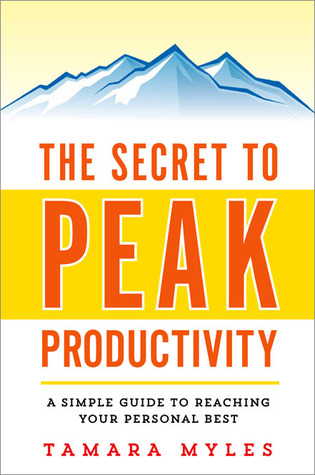In junior high school, I had a math teacher who was part hipster, part geek. He wore white dress shirts, skinny black ties, black glasses, and always had what he referred to as “a plan of action.” I don’t recall what his plan was, or what action it required, but a plan of any kind appealed to my need for control.
When I write a novel, I plunge in without a plan of any kind. I’m like a detective on a mission of discovery, following a character to see who she is, what messes she gets into, how she gets out of said messes, and how she changes as a result. It makes for an exciting first-draft experience.
Then—groan—comes the rewrite.
Here’s where a plan of action would come in handy. My “plan” in the past has been to read through the manuscript, rearrange parts willy-nilly, make a mess of the whole thing, and stuff it back into its cardboard Kinko’s box.
I have no clue how to tackle a rewrite. Oh, I’ve read books galore on what’s needed plot-wise, character-wise, theme-wise, and every other wise. I’ve strapped on my monster backpack like Cheryl Strayed in Wild, weighed down by all the knowledge I’ve crammed in, and forged ahead on the long trail to rewriting glory, stumbling down roads many have gone before:
- Resistance Highway
- Distraction Detour
- The Avenue of Doubt
- The Street of Avoidance
- The Rearranging Roundabout
- A pit-stop to ask for directions
- The Valley of the Critic
- What looked like Plot Paradise but was really a pothole
- Recharge Vista Point
- Busyness Boulevard
- Quitting: a dead end
On I’ve stumbled, hither and yon, ending right back where I started: with a pack of knowledge and a manuscript snipped into pieces and stuffed into a cardboard box.
Not this time.
This time, as I rewrite my novel behind the writer’s curtain, I’ve got a plan of action. I’m mapping the journey step by step. Starting with the first step.
Are you ready?
(Drum roll, please)
Step One
Set the manuscript aside.
Whaaat? That’s a step?
Believe it or not, it is. A step back. We need the perspective, and our writing needs some breathing room.
What do we do while it’s breathing? Well, we can do any of these fifteen writing exercises, or work on another writing project, or catch up on our reading, or tackle any of those household chores we’ve put off—if we haven’t already done them as a way to avoid rewriting that novel.
When the month is up (or whatever time we’ve allotted), we’re ready for:
Step Two
Read the manuscript.
Oh, this is just too easy.
Not really. When we hunker down and read the thing we might find ourselves groaning, or thumping our forehead with the flat of our palm, or throwing the pages across the room, or eyeing the paper shredder.
But at least we know where we are on the map. We have some idea of how hard the journey might be. And we start thinking about getting the tools we need to sally forth. Which brings us to:
Step Three
Pack yer gear.
Huh?
You know, the stuff we need for the trip. Here’s a list:
First aid supplies: supportive family, friends, and blog readers to prop us up
Maps: Blake Snyder’s Beat Sheet, or whatever plotting device we choose to use. Guides, like books, experts, and internet sites to provide the details we need to flesh out the story.
Food: whatever sustains us when the going gets tough, like inspirational quotes, and treats.
But let’s not load ourselves down, or spend too much time packing. After all, we’ve got miles to go before we submit.
This time, I’m better prepared. I’ve read my manuscript. I’ve spent time delving into additional research. Now, with Beat Sheet in hand, I know where I am, and which direction leads to the Land of Publishable Novels.
Off I go!
Stay tuned for more action plan steps as I report from the trail.



